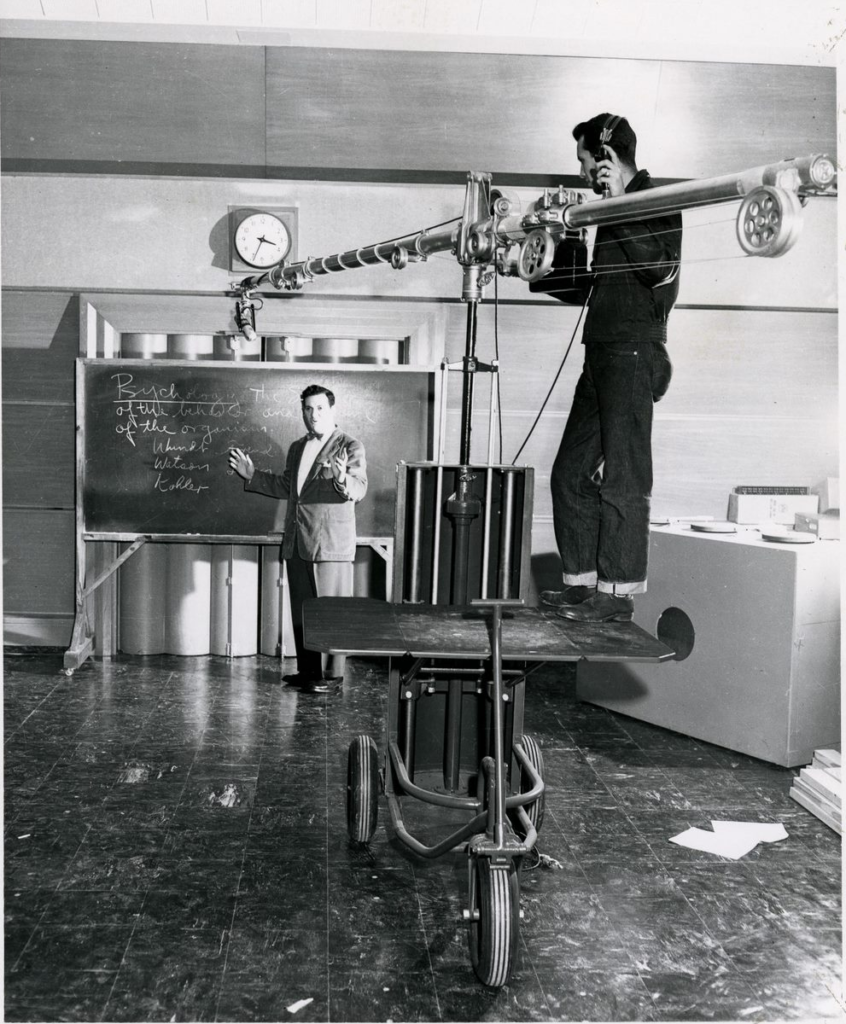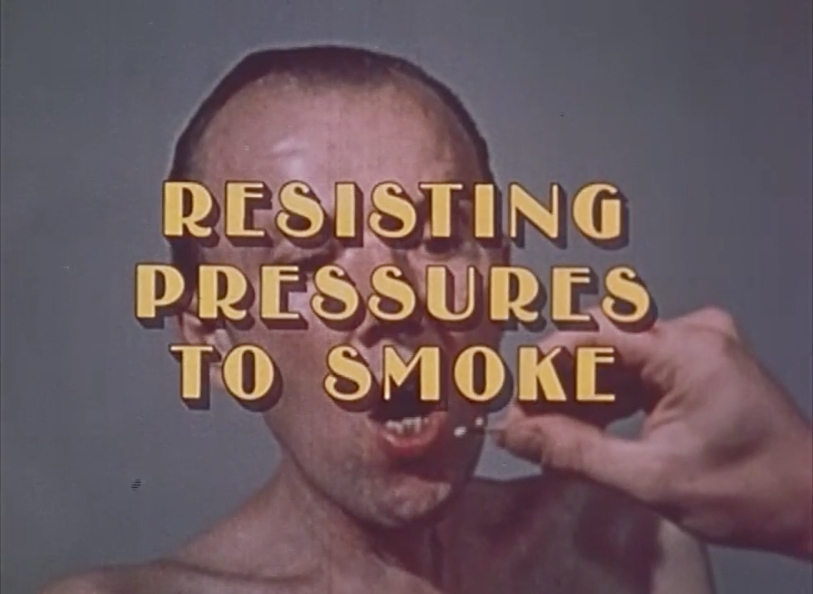By Emily Vinson

Over the past two years, as the Covid-19 pandemic shuttered school buildings and university classrooms alike, remote learning has taken on new importance for a generation of learners. This phenomenon, in the age of laptops and Wi-Fi, is unprecedented in its global reach, however, the roots of distance education are firmly planted in the cables, wires, and towers of broadcast television.
The University of Houston (UH), and one of its professors, Dr. Richard I. Evans, played a key role in exploring the nascent opportunities provided by television-based instruction. A leader in social-psychology research and educational television, Evans dedicated much of his career to analyzing the potential of instructional television and evaluating its efficacy. UH Libraries’ Special Collections holds the archives of KUHT, including examples of Dr. Evan’s films, accessible via the UH Libraries’ AV Repository. The Richard I. Evans Papers are held at the Cummings Center for the History of Psychology at the University of Akron.
UH laid its foundation for distance learning in November 1950 with the launch of its radio station, KUHF-FM. With an impressive $400,000 investment (equivalent to $4.6 million in 2022), the fifth floor of the new Ezekiel Cullen Building was transformed into a state-of-the-art broadcast studio that served as a teaching space for the hands-on coursework required for radio communication majors. Decades earlier the university’s benefactor, Hugh Roy Cullen, clearly stated the objectives of his financial support: to ensure that the University of Houston would “always be a college for working men and women and their sons and daughters.”3 KUHF represented another step towards bringing education to the broader Houston community.
To read the pdf of the full article, click here. To purchase a print copy, please click on Buy Magazines above.

Episode 3: KUHT TV (1947-1957) focuses on the history of KUHT, in both video and audio format.



 Follow
Follow